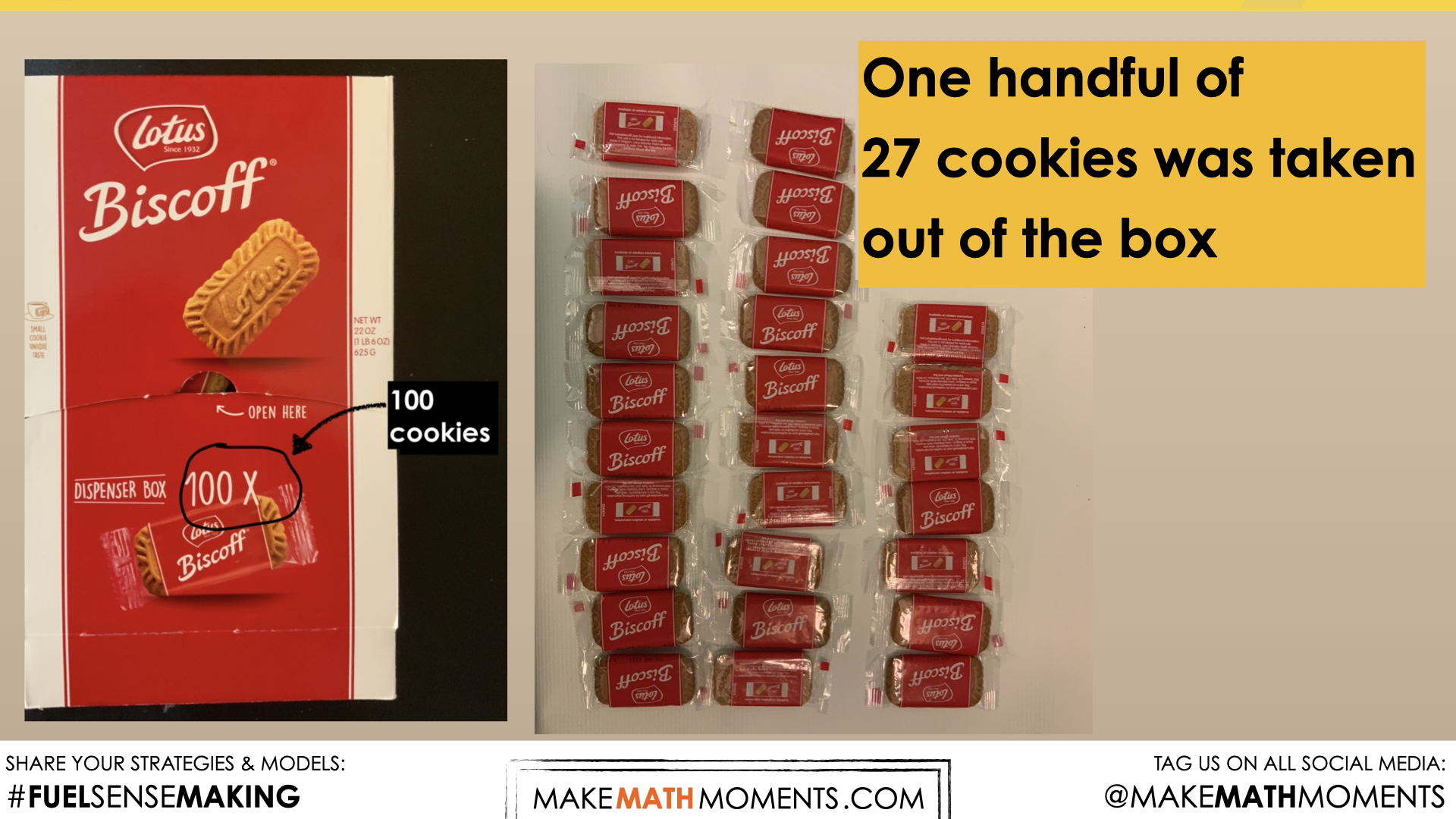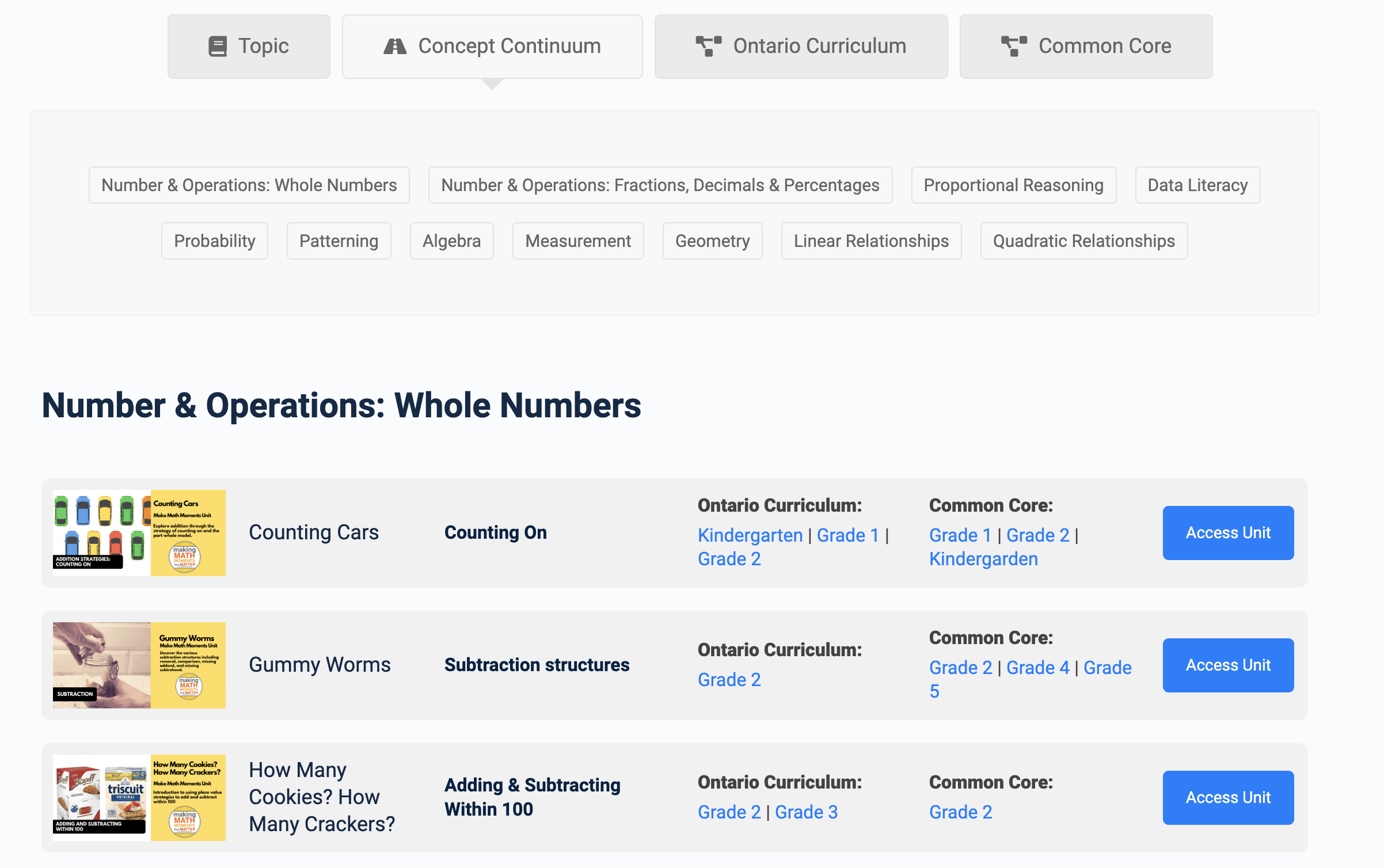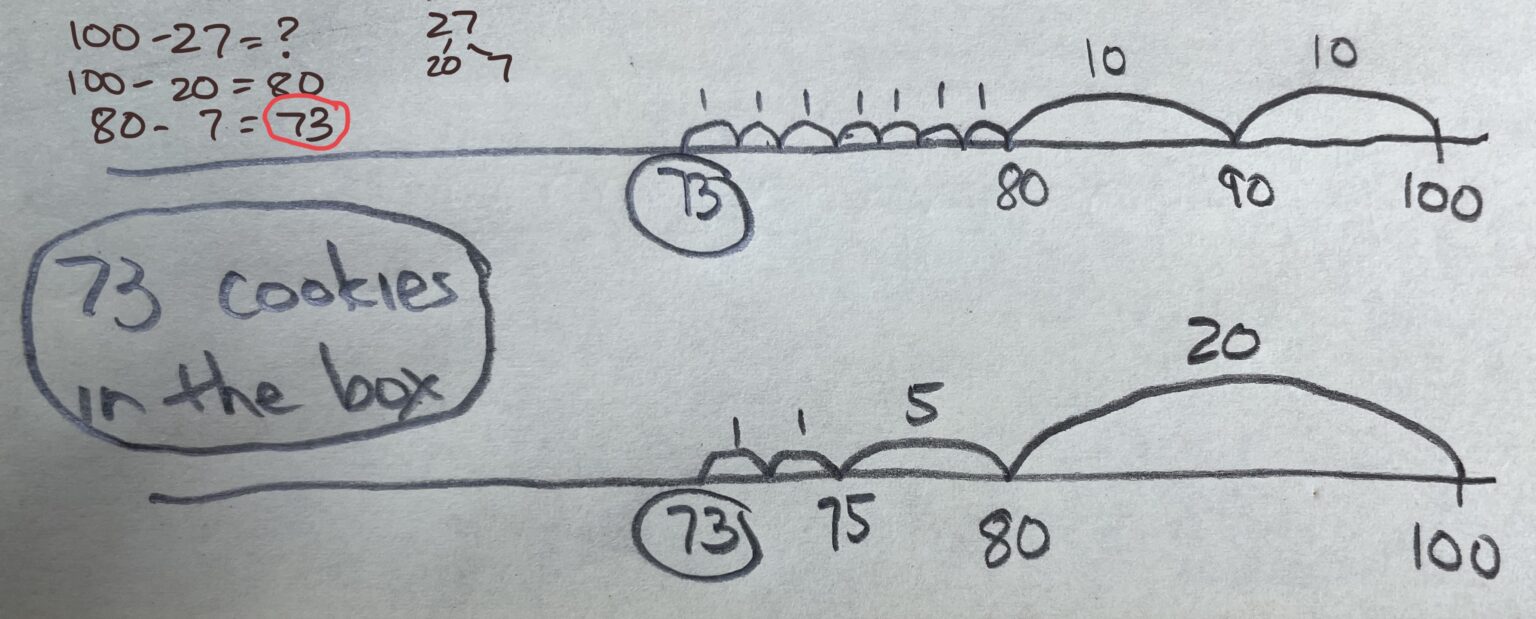Does That 3 Act Task Measure Up?
Most resources you find online for math class, like 3-Act Tasks, emphasize the WHAT of a big idea.
What is this lesson for?
What handouts, media can I get?
What will the students do?
They seem to fail at including all of the other elements we need to make this lesson impactful: The Why? They When? The How?
By only giving teachers the “what” of a lesson the resource provider is subtly (or not so subtly) informing the teacher that the WHAT is the only important part of a lesson/task.
If we are to grow our classroom tree far and wide then we”ll need to strengthen and deepen our own understanding beyond the “What” of classroom resources.
In our Make Math Moments Classroom Program Assessment one of the six areas of an effective mathematics program is classroom resources (the leaves of the tree).
One (of many) question(s) we ask in our assessment:
Does your existing mathematics curriculum resources provide support (videos, teacher resource guides, handouts, etc.) to make incorporating the 5 strands of mathematical proficiency easier for you to implement?
When evaluating the resources we find online, at conferences, or talking with peers we have to ask ourselves if this resource is the best use of my (and my students) time?
Is there a resource out there than not only can give me the what, but also helps me strengthen my own pedagogical content knowledge and my own mathematics proficiencies.
Let’s look at an example of a 3-Act Math Task you might find online.
This is How Many Cookies? How Many Crackers
The What
The what is the consumable. It’s what the students will use, see, and engage with.
Here is what you will typically see when presented with the lesson/task.
Act 1:
Act 2:

Act 3:
While being able to access the consumables of a lesson/task is a nice starting place for teachers seeking lesson ideas we need to consider more.
Most resource providers will stop here.
The Why
Why are we using this lesson on this day at this time for this group of students? The intentionality of a lesson is one of the most important aspects of choosing the right lesson at the right time. Does the lesson you found online help you identify the specific learning goal or learning intention you want to emerge with your students?
In our example above let’s highlight the Big Ideas. The Big Ideas go beyond the typical announcement of the topic: “Learn to Subtract Numbers Up To 100”.
The Big Ideas highlight the models and strategies that will emerge that help you build conceptual understanding with your students while on your way to procedural fluency.
Here’s the Why of this lesson/task:
In this task, students will determine how many cookies remain in the box of 100 cookies after a handful are removed.
Some of the big ideas that may emerge through this task include:
- The action of removal is represented by subtraction.
- Removal problems can be solved by addition or subtraction.
- Unitizing 10 single cookies into one group of 10 cookies
- Addition and subtraction problems within 100 can be solved using strategies along a developmental continuum of counting all, counting on/back, and using place value strategies.
- When students are using place value strategies to solve addition and subtraction problems within 100, they are using their understanding of tens and ones and decomposition to accurately, flexibly, and efficiently solve problems. See the Student Approaches section in this guide for examples.
The When
When is the right time to use this lesson? Are my students ready developmentally to be introduced to these models and strategies?
It’s important that we refer to a concept continuum of mathematical ideas to see what comes before, after, and other ideas entwined around the learning goals of this lesson.
Does the resource we’re finding online help me beyond just listing the content standard?
In this example, we can see when the right time for this task could be and how it fits in with a concept continuum.
Knowing where learning goals fit into a web of ideas is important so you’re prepared to help direct your students down the most appropriate developmental pathway when they are ready.

The How
How many times have you wondered how to best use the resource you have in front of you?
Should I introduce it this way? That way? Should I group my students in groups 3s or 4s? When do I connect their learning to the learning goal? How does practice fit in to this 3-act task?
The How of a lesson is everything and most times you are left to discover that on your own.
In our example How Many Cookies? How Many Crackers we’ll take a dive into the Teacher Guide that accompany’s this task.
The guide that is included with all Make Math Moments Tasks gives you everything you’ll need to do, say, and learn to embed the task into your teaching routine.
The guide gives you the how on all aspects to run this task such as:
-
-
- What Do You Notice? What Do You Wonder?
- Estimation: Prompt
- While Students Are Estimating
- Crafting A Productive Struggle: Prompt
- While Students Are Productively Struggling…
- Student Approach #1: Counting All with a Tool
- Student Approach #2: An Open Number Line Diagram for Counting Back/Up by Ones
- Student Approach #3: Base 10 Block Drawing to Represent Place Value Thinking
- Student Approach #4: An Open Number Line Diagram to Show Place Value Strategies for Taking Away
- Student Approach #5: An Open Number Line Diagram Using Place Value Strategies to Find the Difference Between the Whole and the Amount Taken Away
- Student Approach #6: A Bar Model Diagram with equations
- Consolidation: Making Connections During Classroom Discourse
- Reveal
- Reflect
-
Let’s take a closer look at a Student Approach that is provided.
By analyzing and learning about the approaches your students may take will not only prepare you for what may come during your lesson but you’ll increase your own competencies and understanding of mathematics.
Student Approach #4: An Open Number Line Diagram to Show Place Value Strategies for Taking Away

Place Value Strategy Teaching Point: By subtracting the 27 in parts, these students are using a place value strategy. Breaking apart allows them to first solve the easier problem of 100-20. Then they are able to solve 80-7. Although their solution paths are slightly different, both are using place value thinking to solve the problem accurately, efficiently, and in a way that makes sense for them.
Your Key Take Away:
How are the resources you’re using in your classroom helping you and your students fuel sense making and making deeper connections to the mathematics?
At Make Math Moments, we believe that an effective mathematics program must be cultivated and fostered like a strong, healthy and balanced tree.
In this example we discussed one(1) of the six(6) areas of a strong tree: The Leaves (Classroom Resources).
When you know how to strengthen the 6 parts of an effective math program, you create a program that grows strong and wide.
Discover which of the six(6) areas you’re performing well on and which may need some more attention by filling out the Make Math Moments Classroom Program Assessment. We’ll email you a customized report.
Your report will show you where your mathematics improvement plan is performing well, where you need to improve, and give you a customized plan to strengthen all 6 parts of your classroom math program.
Your Customized Improvement Plan For Your Math Classroom.
Take the 12 minute assessment and you’ll get a free, customized plan to shape and grow the 6 parts of any strong mathematics classroom program.
District leader/math coach? Take the District Assessment
LESSONS TO MAKE MATH MOMENTS
Each lesson consists of:
Each Make Math Moments Problem Based Lesson consists of a Teacher Guide to lead you step-by-step through the planning process to ensure your lesson runs without a hitch!
Each Teacher Guide consists of:
- Intentionality of the lesson;
- A step-by-step walk through of each phase of the lesson;
- Visuals, animations, and videos unpacking big ideas, strategies, and models we intend to emerge during the lesson;
- Sample student approaches to assist in anticipating what your students might do;
- Resources and downloads including Keynote, Powerpoint, Media Files, and Teacher Guide printable PDF; and,
- Much more!
Each Make Math Moments Problem Based Lesson begins with a story, visual, video, or other method to Spark Curiosity through context.
Students will often Notice and Wonder before making an estimate to draw them in and invest in the problem.
After student voice has been heard and acknowledged, we will set students off on a Productive Struggle via a prompt related to the Spark context.
These prompts are given each lesson with the following conditions:
- No calculators are to be used; and,
- Students are to focus on how they can convince their math community that their solution is valid.
Students are left to engage in a productive struggle as the facilitator circulates to observe and engage in conversation as a means of assessing formatively.
The facilitator is instructed through the Teacher Guide on what specific strategies and models could be used to make connections and consolidate the learning from the lesson.
Often times, animations and walk through videos are provided in the Teacher Guide to assist with planning and delivering the consolidation.
A review image, video, or animation is provided as a conclusion to the task from the lesson.
While this might feel like a natural ending to the context students have been exploring, it is just the beginning as we look to leverage this context via extensions and additional lessons to dig deeper.
At the end of each lesson, consolidation prompts and/or extensions are crafted for students to purposefully practice and demonstrate their current understanding.
Facilitators are encouraged to collect these consolidation prompts as a means to engage in the assessment process and inform next moves for instruction.
In multi-day units of study, Math Talks are crafted to help build on the thinking from the previous day and build towards the next step in the developmental progression of the concept(s) we are exploring.
Each Math Talk is constructed as a string of related problems that build with intentionality to emerge specific big ideas, strategies, and mathematical models.
Make Math Moments Problem Based Lessons and Day 1 Teacher Guides are openly available for you to leverage and use with your students without becoming a Make Math Moments Academy Member.
Use our OPEN ACCESS multi-day problem based units!
Make Math Moments Problem Based Lessons and Day 1 Teacher Guides are openly available for you to leverage and use with your students without becoming a Make Math Moments Academy Member.
Partitive Division Resulting in a Fraction
Equivalence and Algebraic Substitution
Represent Categorical Data & Explore Mean
Downloadable resources including blackline masters, handouts, printable Tips Sheets, slide shows, and media files do require a Make Math Moments Academy Membership.
Use our OPEN ACCESS multi-day problem based units!





